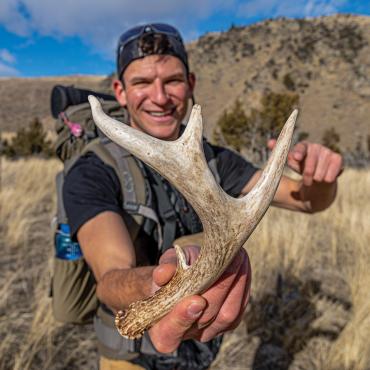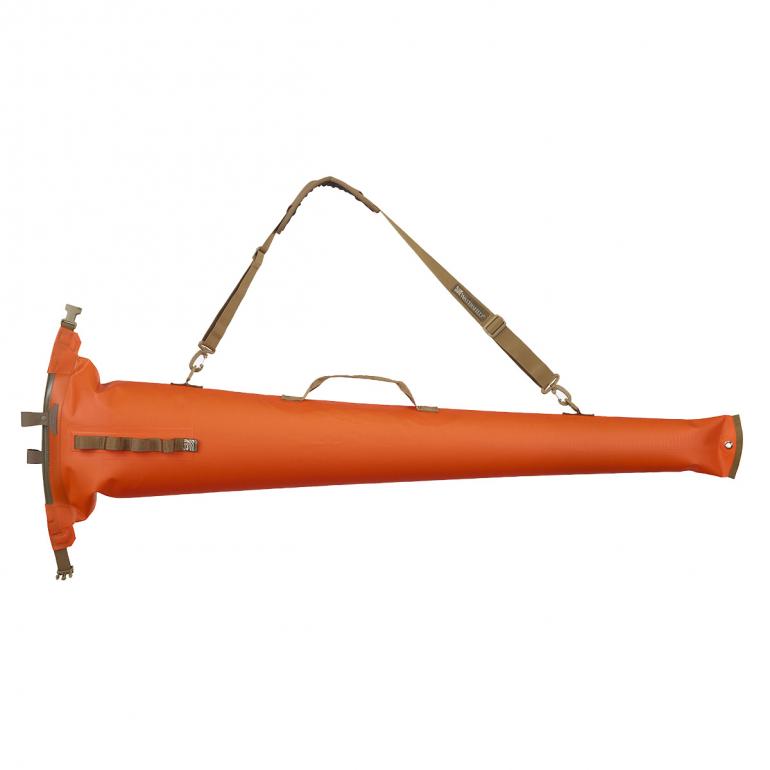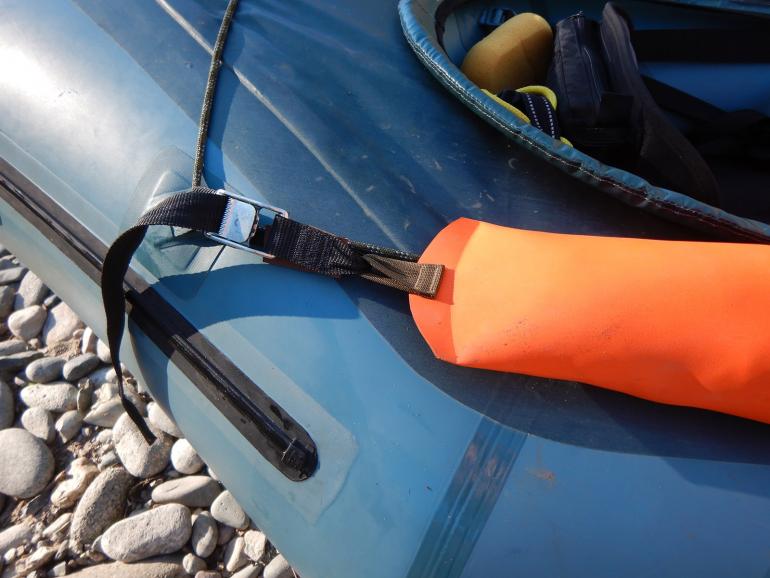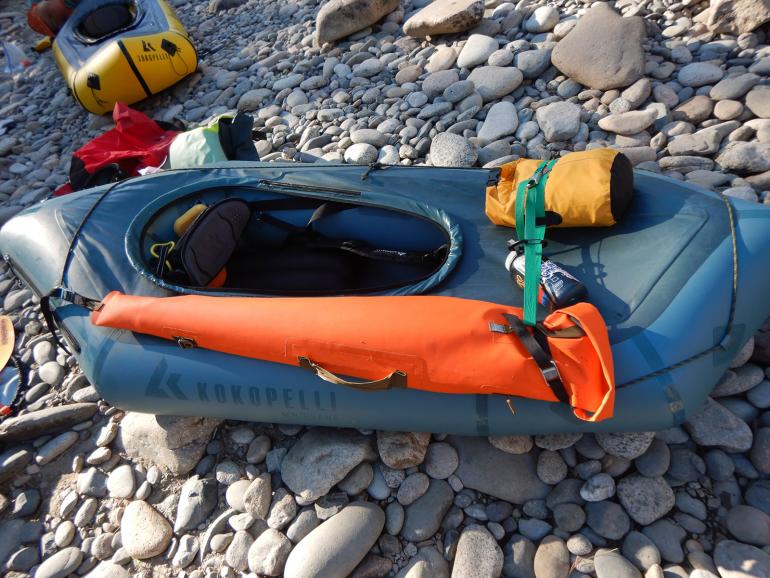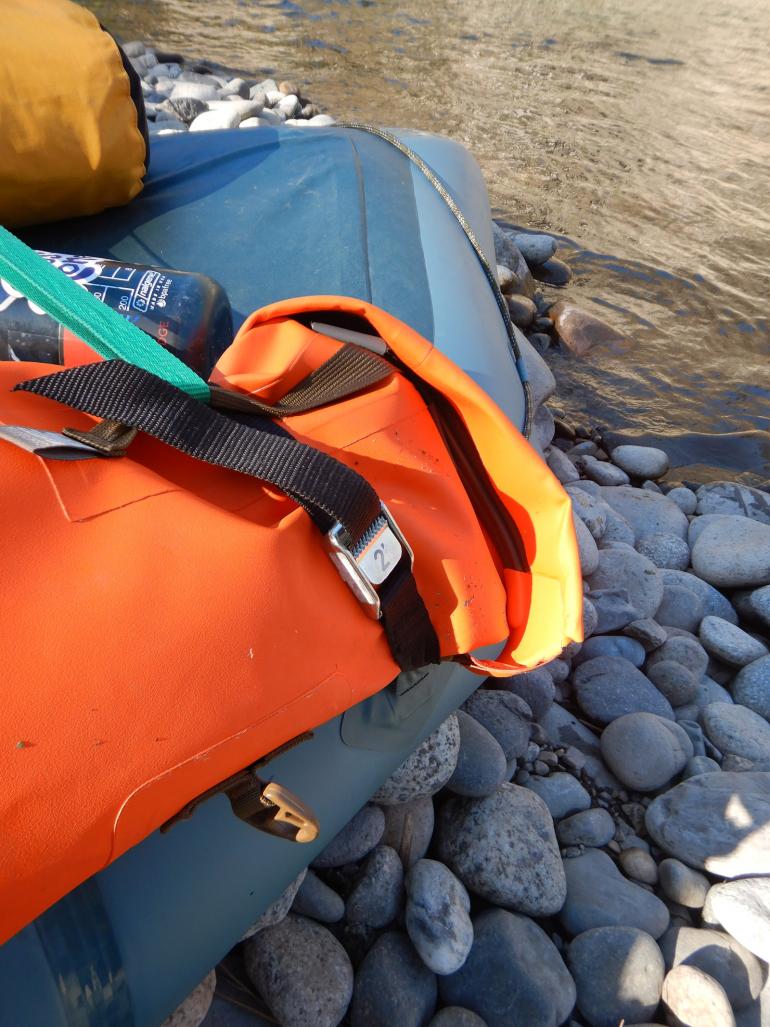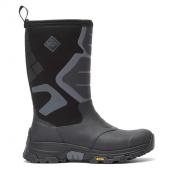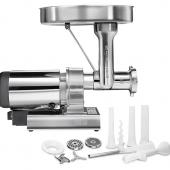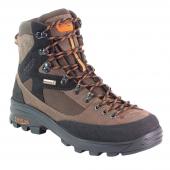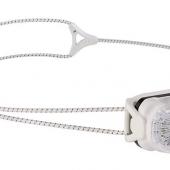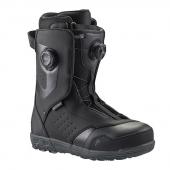Review: Wetland Shotgun Case
Well-seasoned river rats claim that most dry bags aren’t actually dry. Well, folks, here’s one that is: the Wetland Shotgun Case from Watershed. The bag’s unique closure is like that of a freezer Ziploc, only beefier and sturdier. It makes an audible “snap” when sealed, and requires opposing, lateral yanks to open.
With this security in mind, I loaded it up for a week-long raft trip this fall. But not just any old raft trip. The whole crew was sporting packrafts—small, inflatable kayaks. That meant water coming over the deck all day, soaking anything that’s wasn't well-protected. On this expedition, I entrusted the Wetland case with protecting my 20-gauge, walnut-stock, steel-barrel shotgun. It’s the kind of firearm that wants nothing to do with water. A couple unnoticed drops will rust the action in a day or two. Just last year I paid a gunsmith a couple hundred bucks to pull the whole thing apart and clean off some rusty components buried deep in the gun. In short, if my firearm took a swim, it would be no bueno. But after vigorously prodding, poking, and slamming the Wetland case in my shower and bathtub, I decided it would hold up to whatever abuse the river could dish out.
It took a little creativity to strap the case to my packraft. Fortunately, there are plenty of tie-down points on the bag to assist. On the closure end, I snapped it tight, rolled it once, and buckled the straps around an NRS-style river strap on my bow. On the tail-end, I used another strap to secure the built-in webbing loop to a lash-point on my raft. It was a rock-solid setup. Into the rapids I went.
The stretch of river we were on was no booze-cruise. It was a week of consistent class II-III paddling, with some class IVs mixed in. Enough to really drench (and flip) my boat. But every time I popped out of a rapid, my Wetland case was still attached and closed snug. In a couple spots, I even slammed the case with my paddle or crushed it against a rock. Not once did the closure open up, nor the bag show signs of damage. The latter is thanks to the thick, 840-denier nylon base fabric, coated with extruded polyurethane. Together, the combination makes for a tough, durable, UV-resistant dry bag. I opted for the blaze-orange color—that way it would be easy to find should is somehow come detached in a rapid (the bag floats, fully loaded, if sealed with plenty of air left inside).
Every evening when I got to camp, the first thing I did was pull my gun out to inspect for moisture, and make sure there were no foolish grouse sitting in camp. Every time, it was bone-dry. I couldn’t ask for much more out of a gun dry-bag. In terms of the hunting itself—it wasn't too shabby. But I'm not going to give away much more than that.
Back home at my desk job, the gears are now turning in my head now… deer on the Missouri, ducks on the Madison, moose in Alaska? The Wetland case has earned a permanent spot in my gear arsenal.
Note: The Wetland case is not padded. To further protect my gun, I put it in a soft sleeve, wrapped a fleece around it, and then put it in the case. Most days I also put my four-piece metal fly-rod tube in the case as well. There was plenty of room for both my gun, the rod tube, and a bag full of shells.
$155; drybags.com.


